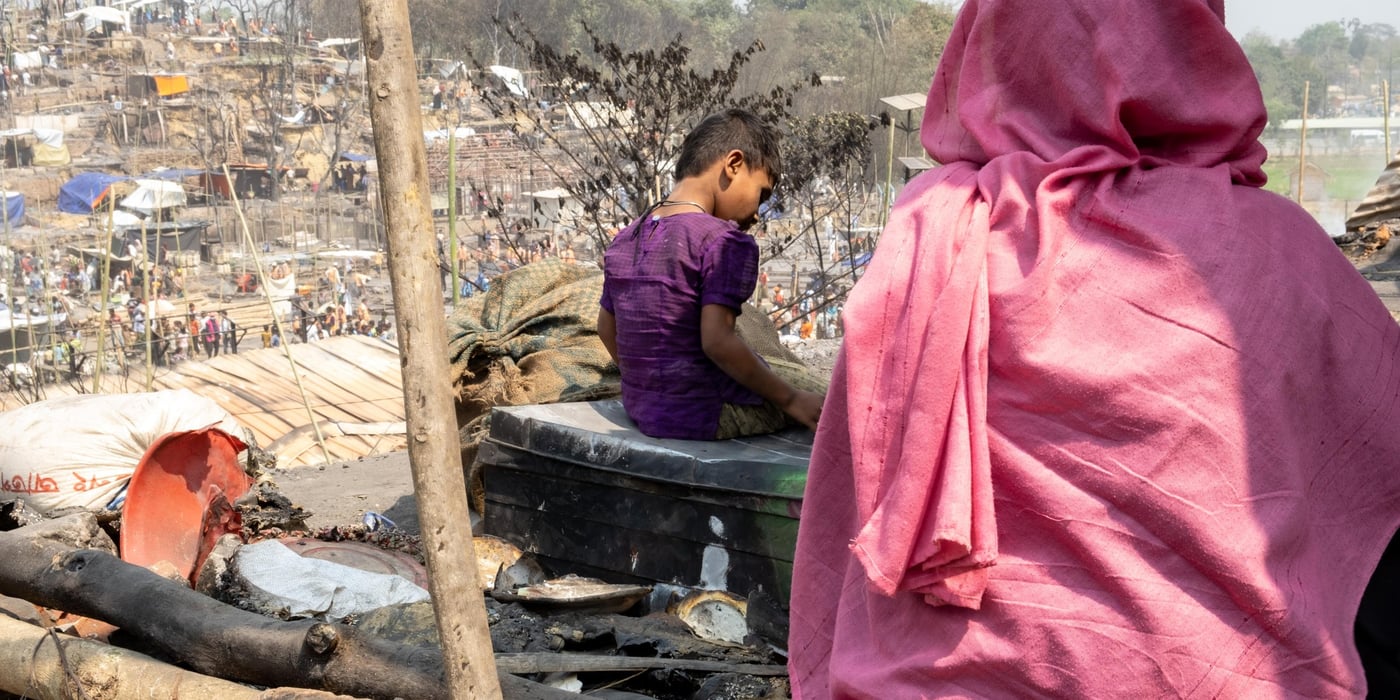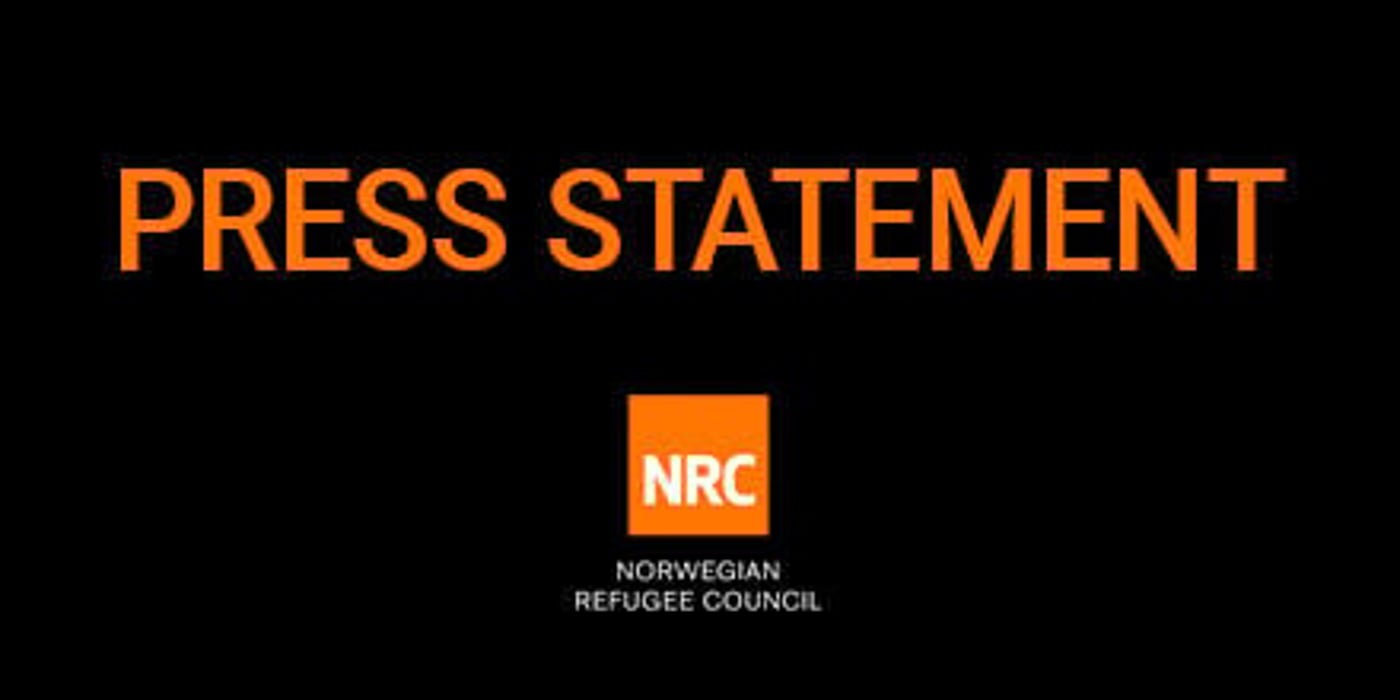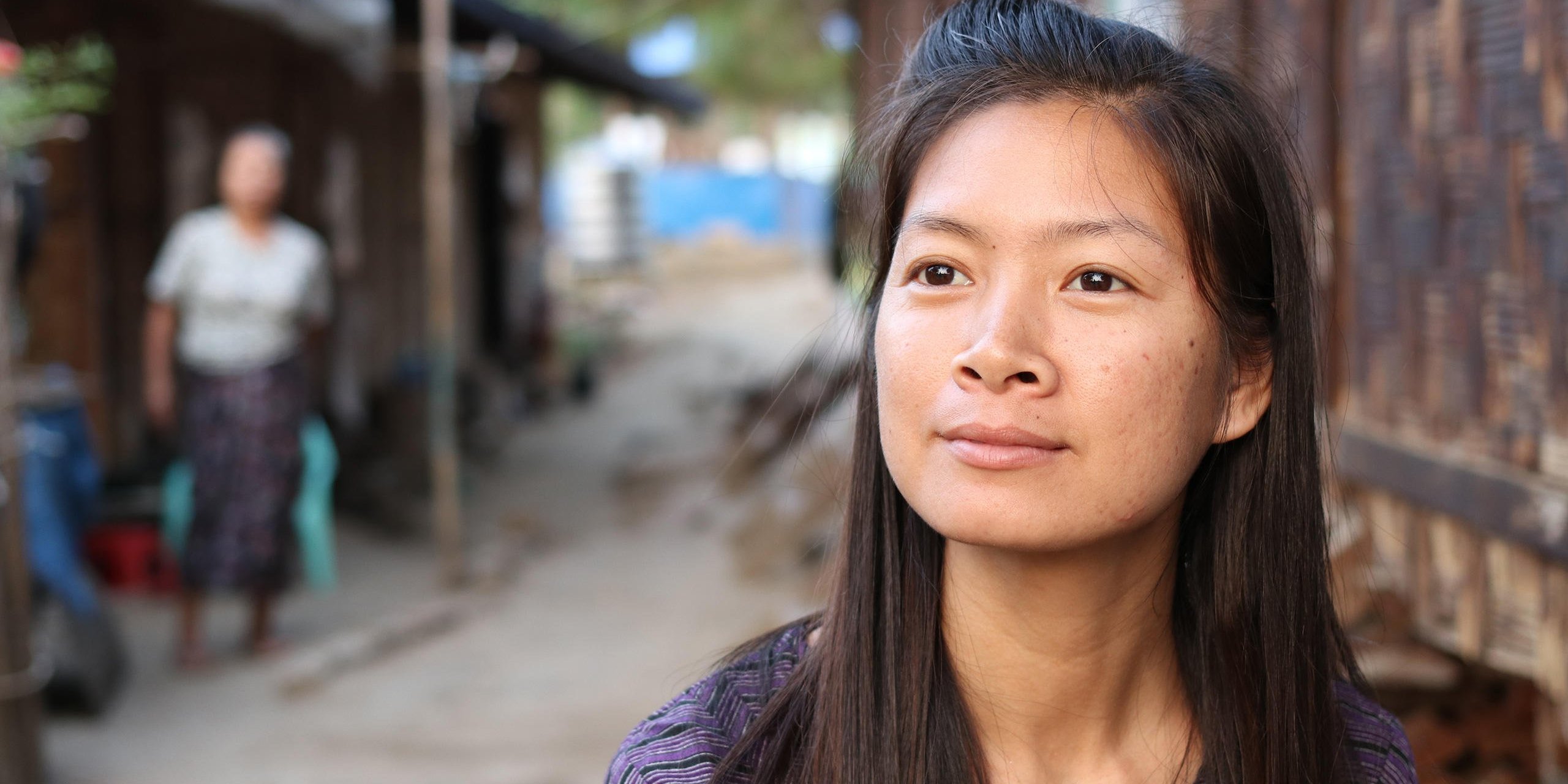
Known as “the forgotten conflict”, fighting in Myanmar’s northeastern Kachin State has over the last years added thousands to the displaced population.
We meet Hkawn Htoi in Bhamo city’s Lisu Camp for internally displaced people. Never had the 32-year-old woman thought she would have to flee her home.
“In my whole life, I never believed I would become an internally displaced person, but now I have become one. It’s the reality.”
Decades-long conflict
Myanmar has been tormented by internal conflicts led by ethnic groups struggling for representation since the country’s independence in 1948. Hundreds of thousands have been displaced in the decades-long conflict. Every day, people are being displaced by violence, leaving everything they own behind. Years of fighting have forced many to flee over and over again.
Since late 2011, the government has signed ceasefire deals with the majority of ethnic armed groups in the country, and in October 2015, the government negotiated a nationwide ceasefire agreement with eight of the largest ethnic armed groups. Still, some groups have not signed the agreement, and they continue negotiating with the government.
The fighting came to the village
In 2011, fighting erupted between the government army and the Kachin army in the outskirts of Hkawn's village, a couple of hours’ drive north of Bhamo.
“There was fighting outside the village, in the mountain areas. Then the fighting came closer to the village. We felt very threatened,” she says.
One day, the soldiers started shooting inside the village. Fighting jets were flying above them.
“I was pregnant, and my daughter was still crawling. I realised I could not stay, so I told my husband that we should go somewhere. To the city or anywhere, to get away from this war.”
Taking the time only to pack a few things and clothes, they left their home behind and fled on a motorbike, directly to Bhamo.
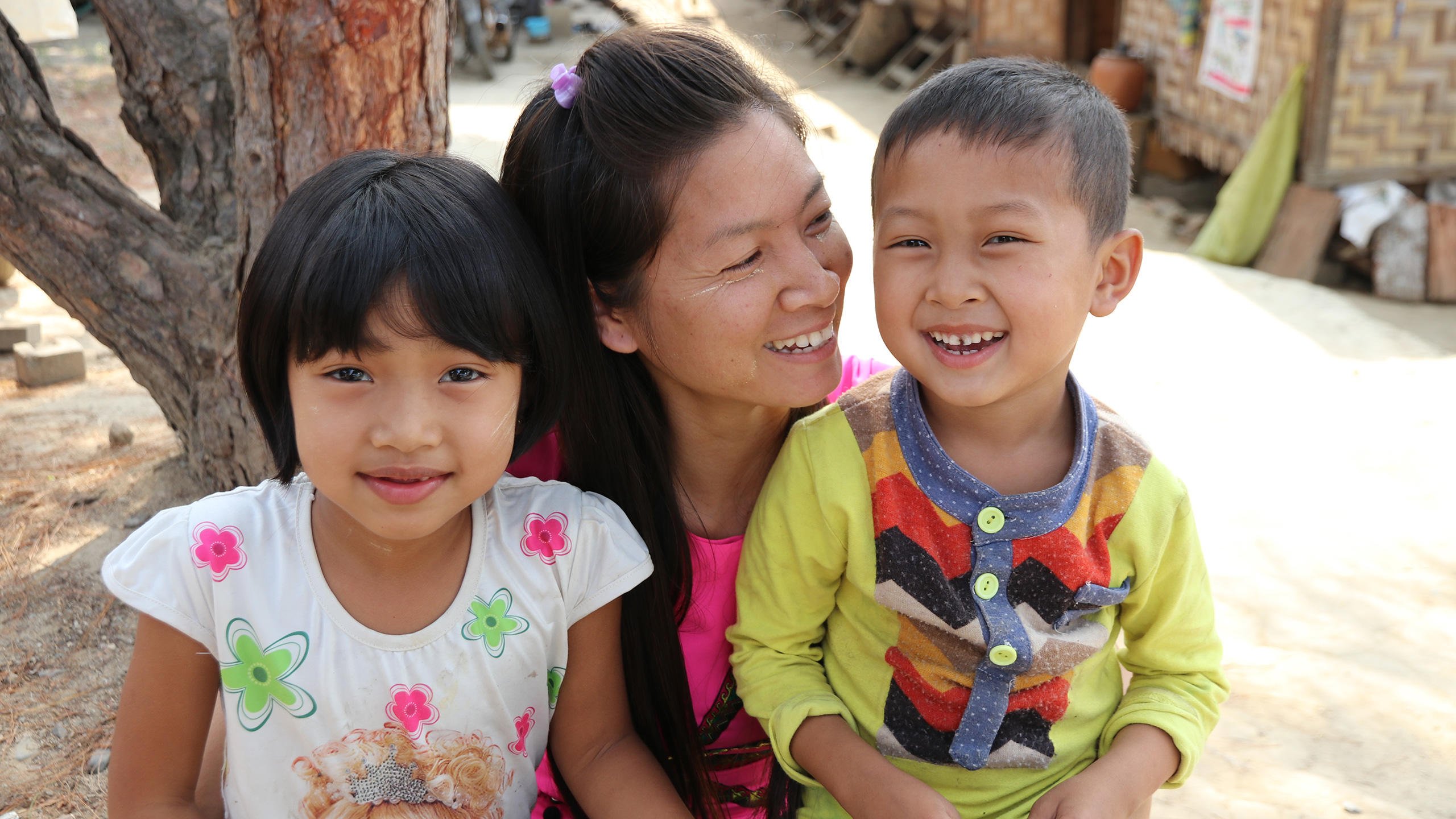
Life in the camp
For the first couple of years, the small family rented a room in Bhamo. After a while they came in touch with people from their home village living in Lisu Camp, and they decided to move there.
“We have a place to stay, but we have to live with a lot of other people,” says Hkawn. She starts to cry.
“It is difficult to find work here.”
She tries to keep herself busy and stay active in the camp community. She goes to all the different trainings given by the NGOs, such as the camp management and camp coordination trainings given by the Norwegian Refugee Council (NRC), and she is tutoring school children in the camp, from kindergarten up to 4th grade, in their various subjects.
Sometimes, she goes to one of the farms surrounding Bhamo to work.
Hkawn's husband is an electrician, and he used to work in the village. They ran an electronics shop together. Now, he goes away for periods of time to another village a couple of hours from town to work in a little shop repairing phones, TVs and electronic equipment.
In the village the fighting continues. Hkawn's husband goes there on weekdays and comes back for the weekend.
She worries every time he has to go.
“I tell him to look after himself and be on alert.”
Misses home
“I miss my village very much. It was my home and I really want to go back.”
In the village, she had all the things that she wanted: A farm, land to work on and the business that their living depended on.
“I was home once last year, there are no houses left, only bushes.”
The government army has taken over the whole village and set up a basecamp.
“Now we have lost it all. Even if we go back, there is nothing left anymore. Everything has been burnt down. We’re in a situation where there is no hope left.”
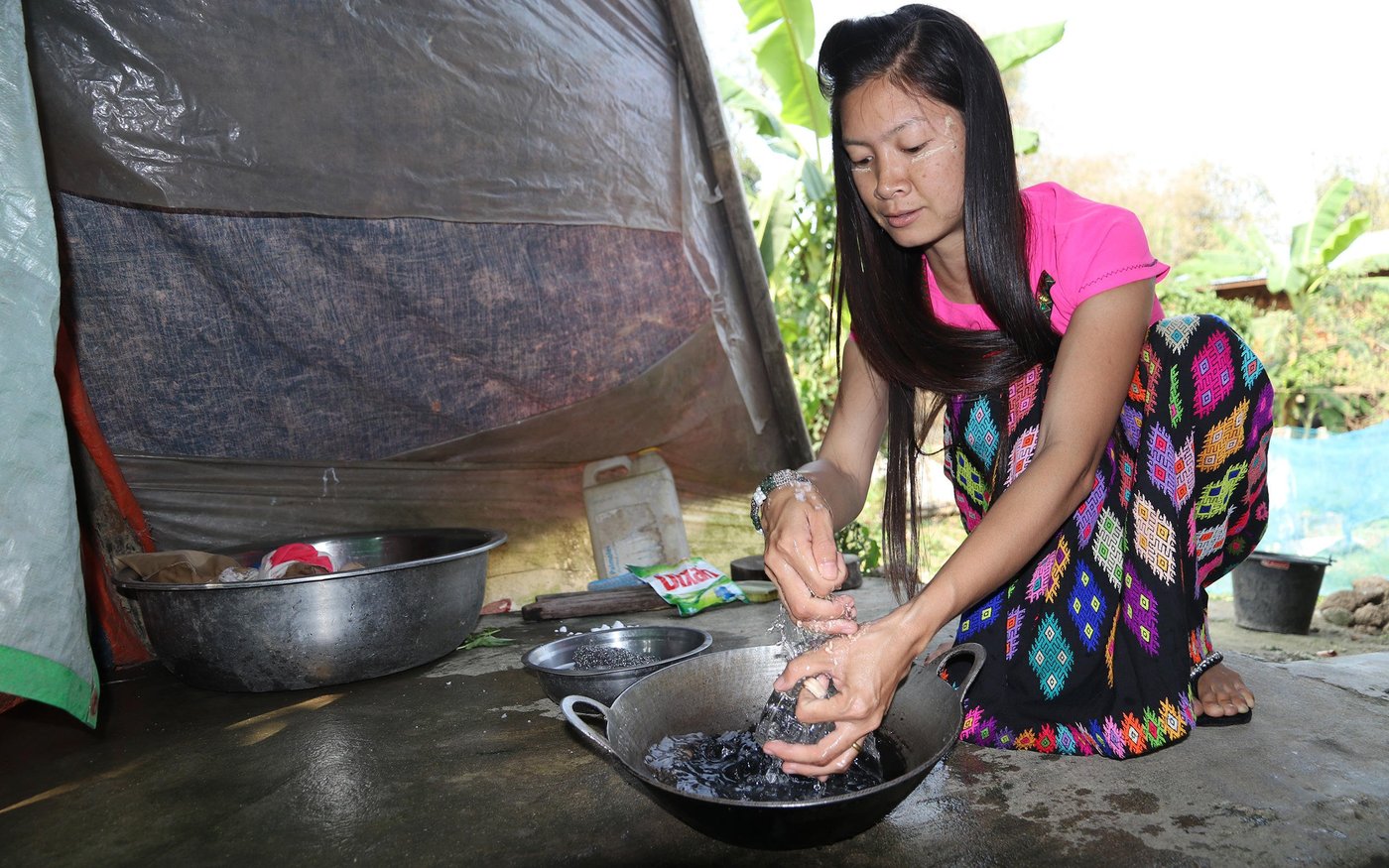
Wants a bright future for her children
Hkawn’s highest wish is that her children can go to school and get a good education.
Her daughter Rosy, 7, goes to school in the nearest village. Most of the children there are internally displaced and their lunch is provided by World Food Programme.
Rosy is a 2nd grade student. The bright girl loves studying so much that she visits her teacher’s house every evening. She also teaches the alphabet to her little brother Johnson, 5.
“She won first prize when she was in kindergarten and she passed her 1st grade with straight A’s”, her mother tells us proudly.
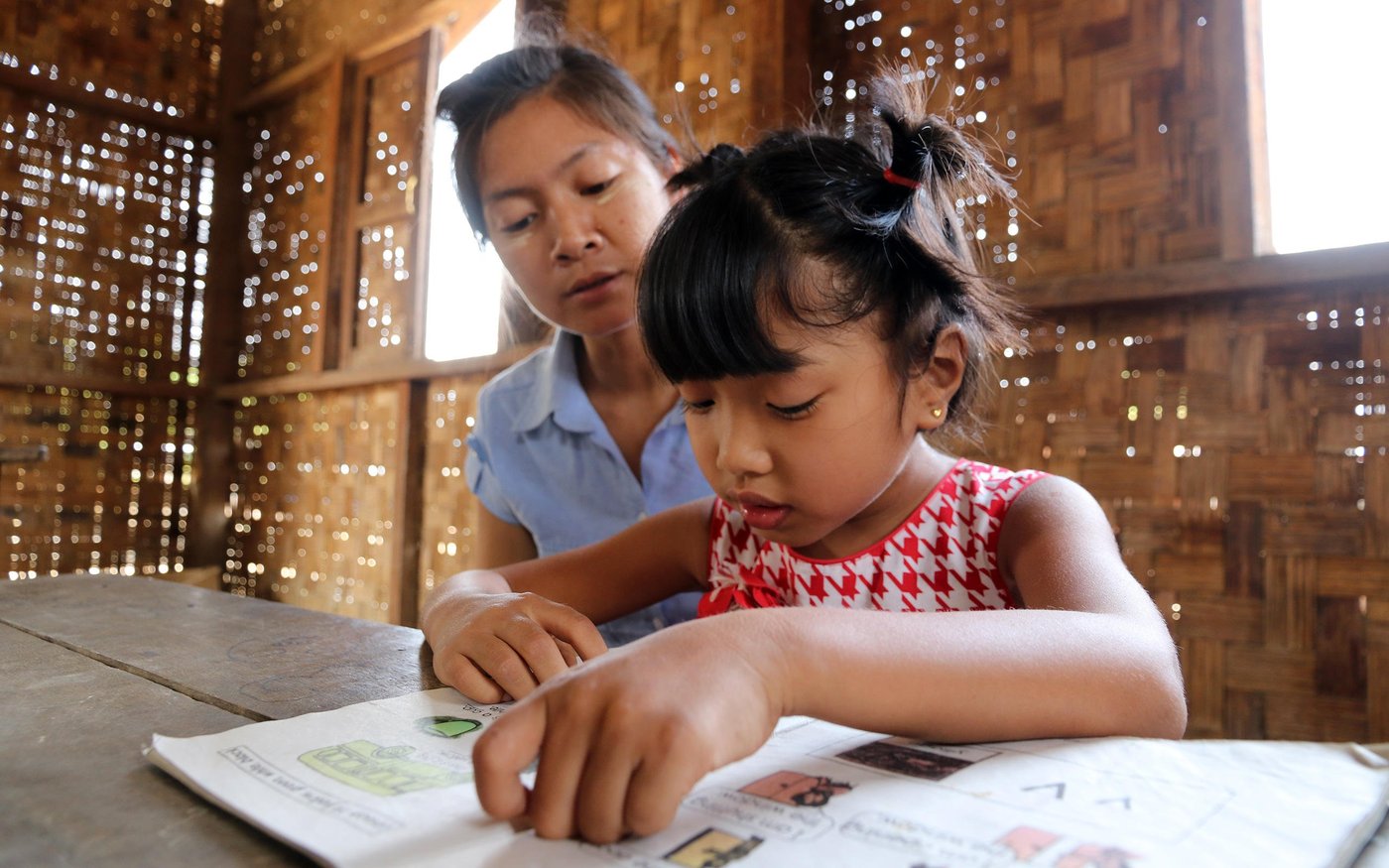
Worries about the children
Hkawn wants her family to live happily and be independent of help from others, but she is not hopeful.
“I want my children to have an education, I want a bright future for my children, but I have no way to pay for their education,” she says.
She worries about the children in the camp more than she worries about herself. She wants their future to be better.
She is grateful to receive help from different organisations after the family became displaced. She thinks it would be a problem for the internally displaced to feed themselves if it wasn’t for these organisations.
She hopes she’ll be able to return to her home village one day.
“I don’t want to live here,” says Hkawn.
“I hope that our country will have peace very soon and that we will be able to return safely to our homes.”
NRC in Myanmar
In Myanmar, NRC helps displaced people and people affected by conflict through building disaster-resistant schools and wells, providing civil documentation, youth education and camp coordination. We have been working in the country since 2008 and all of our activities are managed from seven field offices within the Southeast Region, Kachin and Rakhine States.
We are working for people in Myanmar to have the right to education, work and property, so that they can live safe and independent lives.
Read more about our work in Myanmar here.


